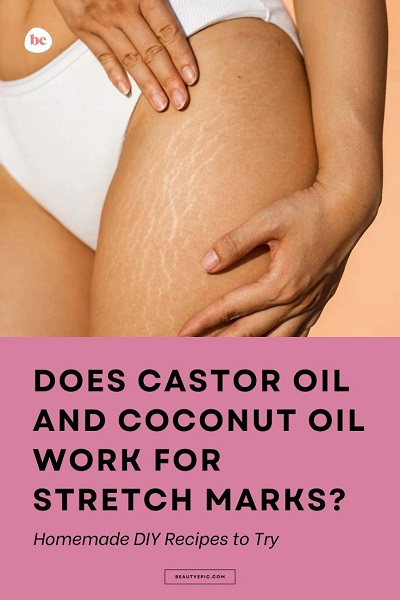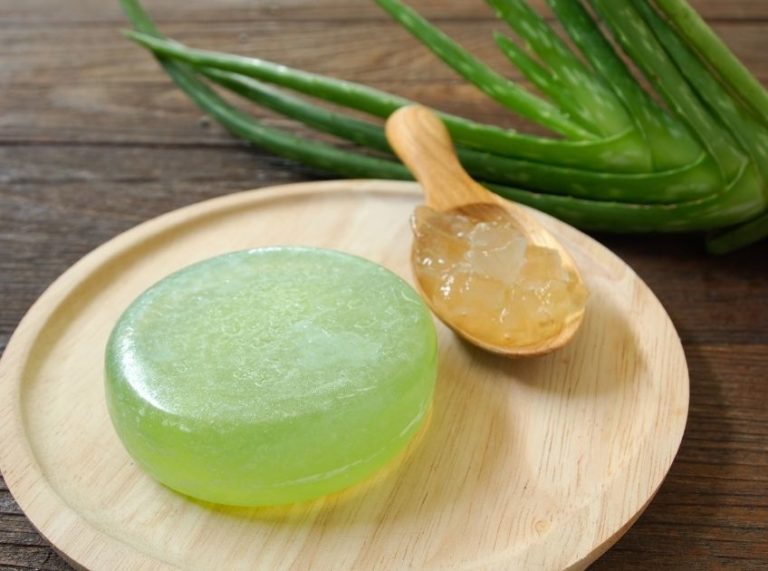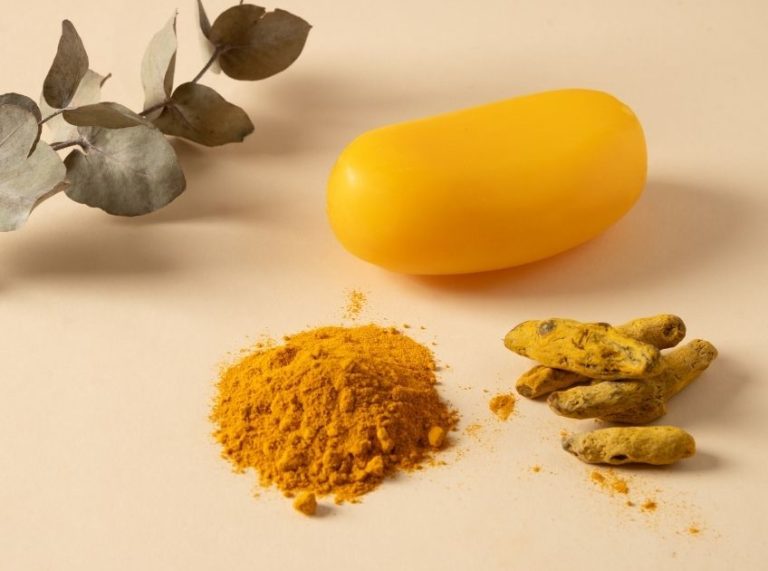
Important: This article is for informational purposes only. Please read our full disclaimer for more details.
Stretch marks can impact your confidence, especially after weight changes or pregnancy. Many turn to expensive treatments, but natural oils can be just as effective. Castor oil and coconut oil are two powerhouse ingredients known to deeply nourish and fade scars. Discover how they can help you regain smooth, supple skin.
Say Goodbye to Stretch Marks with Nature’s Oil Duo
If you’ve been endlessly trying creams with no results, it’s time to consider what nature offers. Castor oil and coconut oil are rich in fatty acids and antioxidants that penetrate deep into the skin. Their combined power boosts elasticity, supports collagen production, and gradually fades stretch marks with consistent use.
Powerful Benefits of Castor Oil and Coconut Oil for Stretch Marks
- Deep hydration that softens scar tissue and boosts elasticity
- Anti-inflammatory properties help calm damaged skin
- Promotes collagen repair for smoother skin texture
- Supports regeneration of skin cells to fade discoloration
- Improves circulation in targeted areas when massaged
The Science Behind These Natural Healers
Castor Oil is rich in ricinoleic acid, a monounsaturated fatty acid that penetrates deeply to moisturize and stimulate tissue growth (1)(2).
Coconut Oil contains lauric acid, caprylic acid, and vitamin E, which have been shown to reduce inflammation, support collagen remodeling, and enhance skin healing (3).
Together, they form a protective barrier, allowing damaged skin to heal faster and preventing further tearing.
What Makes These Oils Work So Well?
- Ricinoleic Acid (Castor Oil): Enhances absorption, speeds skin regeneration.
- Lauric Acid (Coconut Oil): Strengthens the skin barrier and boosts hydration
- Vitamin E: Reduces oxidative stress and supports cell repair
- Antioxidants: Help fade discoloration and protect skin tissue
Studies show consistent use improves elasticity and hydration—two key factors in preventing and minimizing stretch marks.
When to Stop Using These Oils
Discontinue use if you experience:
- Persistent itching or irritation
- Redness or inflammation that worsens
- Breakouts in the applied area
Always patch-test before full application, especially for sensitive skin.
Adjust to Your Skin’s Needs
You can tweak your oil ratios:
- For oily skin: Use more coconut oil and less castor oil
- For dry skin: Add more castor oil for intense moisture
- For sensitive skin: Add a drop of lavender or calendula oil to soothe
What Skin Types Are These DIYs Best For?
- Dry or combination skin sees the most benefit
- Sensitive skin users should test before full application
- Not recommended for acne-prone areas, especially the face
These oils are ideal for the belly, thighs, and hips—common stretch mark zones.
Is It Safe to Use Castor and Coconut Oil Together?
Yes—both are safe for topical use when sourced pure and cold-pressed.
Use a patch test before starting.
Avoid if pregnant without a doctor’s approval.
Use on clean, dry skin to avoid clogged pores.
Best 3 DIY Castor and Coconut Oil Remedies for Stretch Marks
1. Deep Repair Castor & Coconut Oil Massage Blend
A rich, deeply moisturizing stretch mark oil that enhances elasticity and helps soften scarred tissue over time. Ideal for dry or postpartum skin.
Ingredients
- 1 tablespoon castor oil
- 1 tablespoon virgin coconut oil
- 3–4 drops of lavender essential oil (optional, for calming and added skin support)
Directions to Use
- Add castor oil and coconut oil to a small glass bowl.
- Warm slightly using the double boiler method or microwave for 10–15 seconds.
- Stir in the lavender essential oil (optional).
- Mix thoroughly and store in a clean amber glass bottle.
How to Apply
- Apply to clean, dry skin (belly, thighs, hips)
- Massage using firm circular motions for 5–10 minutes
- Cover the area with a soft cloth or wear old clothes
- Leave overnight or rinse off after 1–2 hours
Pro Tip: Use this blend post-shower for better absorption, when pores are open.
2. Vitamin E-Enriched Stretch Mark Fading Oil
This antioxidant-rich serum supports collagen production, helps lighten discoloration, and protects the skin barrier.
Ingredients
- 1 tablespoon castor oil
- 1 tablespoon coconut oil
- 1 vitamin E capsule (or 5–6 drops of vitamin E oil)
- ½ teaspoon rosehip oil (optional, for scar repair)
Directions to Use
- Mix castor oil and coconut oil in a clean bowl.
- Puncture the vitamin E capsule and squeeze the contents into the blend.
- Add rosehip oil if desired and stir well.
- Transfer into a dark glass dropper bottle.
How to Apply
- Apply a few drops to stretch marks before bedtime
- Massage until fully absorbed using upward motions
- Allow it to work overnight
- Use daily for visible results within 4–6 weeks
Pro Tip: Store in a cool, dark place to preserve the antioxidant content.
3. Aloe Vera-Infused Healing Balm for Red or Inflamed Marks
Best for early-stage stretch marks that are red or irritated, this soothing balm reduces inflammation and provides hydration.
Ingredients
- 1 tablespoon castor oil
- 1 tablespoon coconut oil
- 1 teaspoon fresh aloe vera gel (or pure aloe gel)
- 2 drops tea tree or calendula oil (optional for calming)
Directions to Use
- Add aloe vera to a mixing bowl.
- Blend in castor and coconut oils slowly until a creamy texture forms.
- Add calming oil if using and stir thoroughly.
- Store in a small, airtight jar in the fridge for freshness.
How to Apply
- Scoop a small amount and apply to red or inflamed stretch marks
- Massage gently in circular motions for 5 minutes
- Let it sit for 30–60 minutes before rinsing off
- Use 3–4 times a week for soothing effect and scar fading
Pro Tip: Refrigerating adds a cooling effect that reduces itchiness and redness.
Frequently Asked Questions (FAQ’S)
1. How long before I see results?
A.Visible improvement usually takes 4–8 weeks with daily use.
2. Can I use this during pregnancy?
A.Yes, but only after consulting your doctor, especially in sensitive areas.
3. Will this remove stretch marks completely?
A.It fades them and improves skin texture, but may not erase them entirely.
Castor oil and coconut oil are a natural, affordable solution to reduce stretch marks when used consistently. Their nourishing compounds repair skin from the inside out. With just a few kitchen staples, you can craft your effective skincare remedy at home and take the first step toward smoother, more confident skin.
















